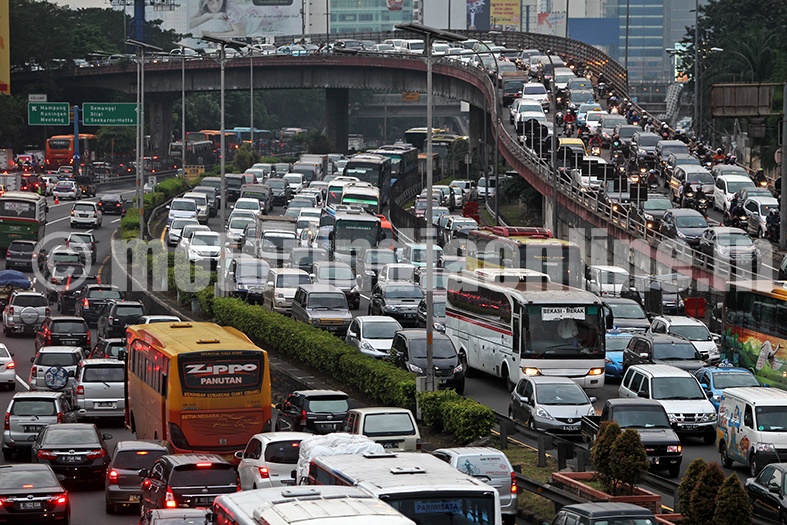The much-awaited vehicle scrappage policy recently received in-principle approval from the Prime Minister’s office (PMO) and is awaiting approval from the GST council as per media releases. Under the proposed policy – vehicles older than 20 years (as compared to 15 years earlier) would be eligible for scrappage and the policy will be implemented from April 2020, which coincides with the implementation of BS-VI emission norms. The incentive will be a combination of lower GST rate (i.e. 18% compared to 28%) and discounts offered by OEMs. In ICRA’s view, the recent changes in the proposed policy will significantly reduce the potential population of vehicles eligible for scrappage program and will have limited impact of new CV demand in the near-term.

As per Mr. Shamsher Dewan, Vice President and Sector Head, ICRA “The proposed policy will limit the potential for new CV sales as population of vehicles older than 20 years will be limited and is estimated to be only 150,000-200,000 units. In addition, most of these vehicles are used in rural areas and smaller towns by small fleet operators who operate used vehicles and have limited financial resources to purchase new vehicles. Moreover, around 70,000-100,000 vehicles are scrapped on an annual basis. As a result, the potential impact of the proposed policy on CV sales will be limited”.
In May 2016, the MoRTH had released a Concept Note on Voluntary Vehicle Modernization Program (V-VMP) which aimed at promoting replacement of old vehicles through an incentive program. As per the draft paper, the scheme was proposed to be applicable for vehicles bought before April 2005 (i.e. older than 11 years) and was expected to cover all segments including CVs. In the draft scheme, scrap value of old vehicle was proposed to be given as payback to owners in the form of a certificate, which was expected to be redeemable against the purchase of a new vehicle.